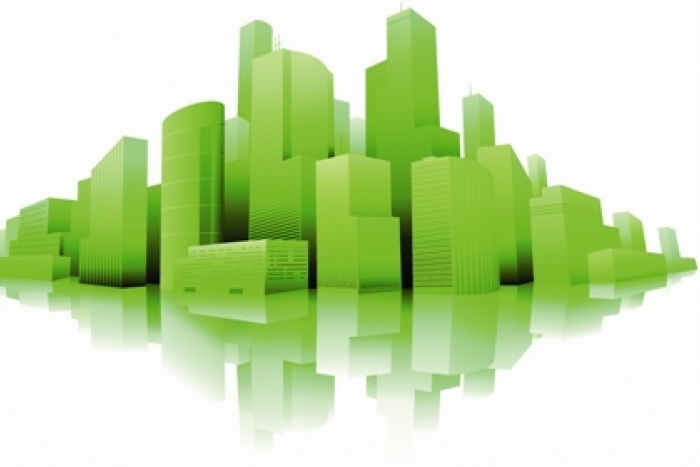Photo Credit: Sourceable.net
The 2014 Green Building market report for Australia and New Zealand has just been released. Between March and May 2014, 133 developers, architects, builders and subcontractors in Australia and 110 in New Zealand provided feedback on their views and experiences with green building.
Findings include:
In Australia: 90% of respondents have been involved in a project which included ‘green’ building elements during the six year period from 2008-2014. A third of the Australian participants pursued green certification by an accredited agency and 62% of those projects received the Green Building Council of Australia (GBCA) Green Star. Half of the respondents indicated they were “likely” to seek an official green building certification.
54% of the 133 Australian respondents reported they could attribute sales growth due to “green” building activity.
In New Zealand: 80% of respondents had been involved in a project which included “green” building elements. Only a quarter pursued certification by an accredited agency yet of those projects submitted 47% received the New Zealand GBC Green Star. Approximately 37% were “likely” to seek an official green building certification.
53% of the 110 New Zealand respondents reported sales growth due to “green” building activity.
According to the report, the three most prevalent motives in both countries for companies to pursue ‘green building’ principles when designing or implementing projects were found to be:
- To achieve lower lifecycle costs,
- To contribute to the protection of the environment and attenuate the impact of global warming and
- To achieve increased building value or marketability.
Conversely, the primary reasons for which respondents from both markets said they opted not to adopt ‘green building’ principles in their projects were:
- Higher cost of building materials,
- Additional time and cost of documentation and
- Additional time and cost to research materials.

